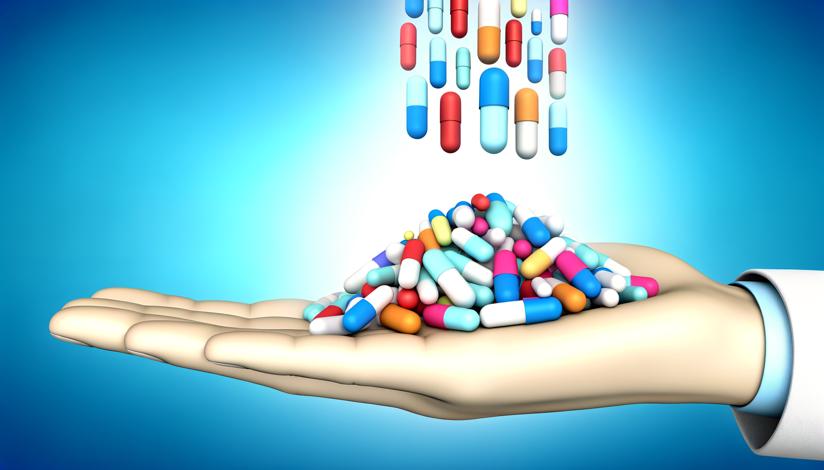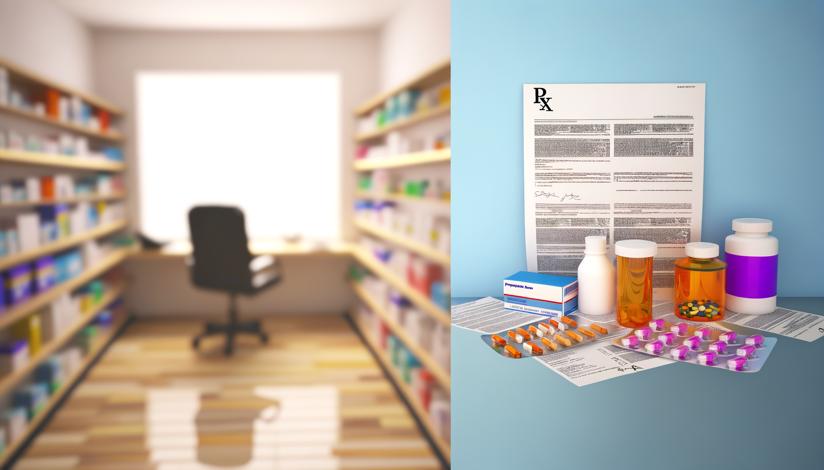

Pharmaceutical pricing is a complex issue influenced by various factors. One of the key factors contributing to high drug prices is the cost of research and development (R&D). Developing a new drug can take years and cost billions of dollars. Pharmaceutical companies argue that high prices are necessary to recoup these costs and incentivize future innovation.
Another factor is the cost of production and distribution. From manufacturing to packaging to shipping, there are significant expenses associated with bringing a drug to market. These costs are often passed on to the consumer through higher prices.
Additionally, pharmaceutical companies invest heavily in marketing and advertising to promote their products. These expenses also contribute to the overall cost of drugs.
While these factors help explain the high prices of pharmaceuticals, they do not address the issue of affordability. Many people struggle to afford necessary medications, especially those without insurance coverage. This raises concerns about unequal access to healthcare and the overall impact on public health.
Critics argue that pharmaceutical companies prioritize profits over the well-being of patients. They point to steep price increases for life-saving medications, such as insulin, and argue that these price hikes are unnecessary and unjustifiable.
In recent years, there have been calls for increased transparency in drug pricing. The push for pricing disclosures and regulations aims to hold pharmaceutical companies accountable and ensure that prices are reasonable and fair.
However, balancing affordability and innovation can be challenging. Lowering drug prices may limit the financial resources available for R&D, potentially hindering future advancements in medical treatments.
In conclusion, the rising price of pharmaceuticals is a complex issue with no easy solution. While high prices can be justified in terms of the cost of research and development, production, and marketing, the lack of affordability raises significant concerns about access to healthcare. Striking a balance between affordability and innovation is crucial to ensure that life-saving medications are accessible to all who need them.

Value of innovation
Incentivizes R&D

Lack of affordability














-
https://www.nih.gov
-
https://www.who.int




























